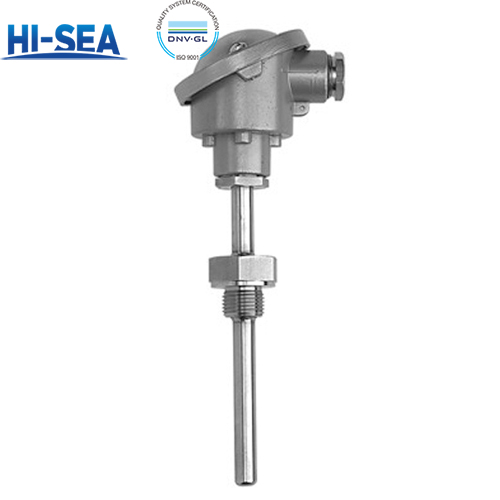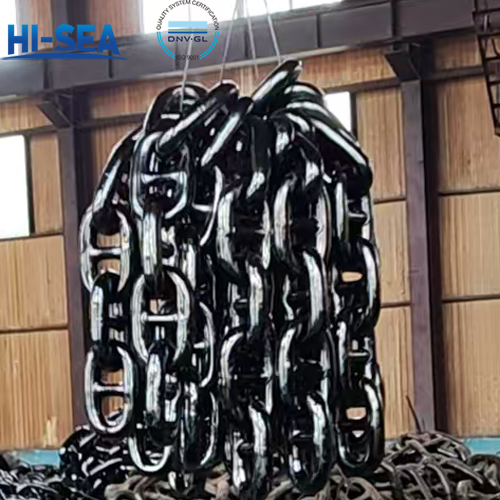
How does a Marine Temperature Transmitter Work?
Marine Temperature Transmitter converts the temperature information sensed by a sensor into a standardized electrical signal (such as 4-20 mA) for easy monitoring and control of marine systems. It ensures that the system operates within safe temperature limits, and in case of any deviation, it can trigger alarms or activate safety protocols. The transmitter's design considers the unique environmental conditions aboard ships or offshore platforms.
Overview
Signal Conversion:
The temperature sensor produces a small electrical signal that corresponds to the temperature.
The transmitter in the device amplifies and converts this signal into a standard output that can be understood by other systems, such as a digital controller, alarm system, or a monitoring display. The most common outputs are:
4-20 mA (analog signal): A widely used standard in industrial applications. 4 mA typically represents the lower temperature range, and 20 mA represents the higher temperature range.
0-10 VDC (analog voltage signal): Another common output for transmitting temperature data.
Digital signals: In more advanced systems, the output might be in a digital form like Modbus, HART, or Fieldbus protocols for integration into automation systems.





